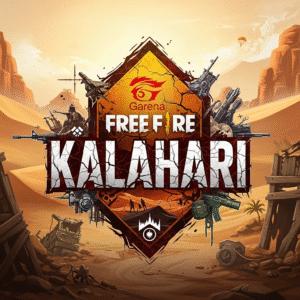A Breath of Fresh Air: Why Fields of Mistria is More Than a Stardew Valley Clone
Popular Now
 FIFA 23
FIFA 23
 R.E.P.O
R.E.P.O
 Auto X Drift Racing 3
Auto X Drift Racing 3
 PUBG Mobile
PUBG Mobile
 Minecraft
Minecraft
 Brawl Stars
Brawl Stars
 Stumble Guys
Stumble Guys
 Free Fire Max
Free Fire Max
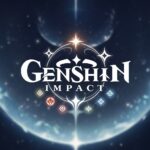 Genshin Impact
Genshin Impact
 Call of Duty
Call of Duty
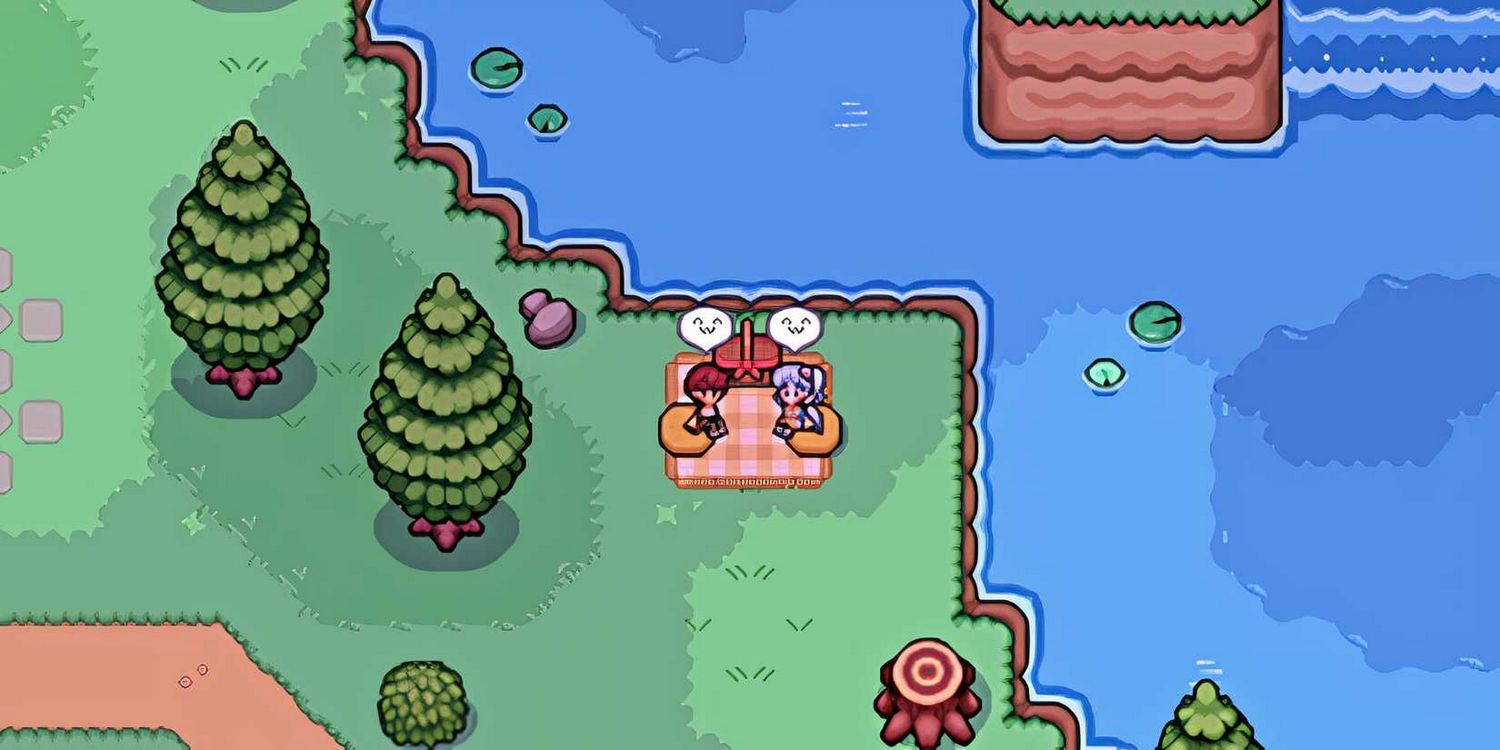
In the flourishing landscape of cozy farm-life simulators, Stardew Valley is the undisputed modern classic, setting the gold standard for the genre. So when a new contender arrives, the immediate and inevitable comparison is whether it’s a clone or a worthy successor. Fields of Mistria, an indie farm-life RPG that launched into Early Access on August 5, 2024, has not only faced this scrutiny but has emerged with an “Overwhelmingly Positive” rating on Steam, proving it’s a game that honors its inspirations while carving out its own unique, charming identity.
Developed by NPC Studio, Fields of Mistria draws clear influence from Harvest Moon, Rune Factory, and Stardew Valley—but injects its own powerful dose of ’90s anime aesthetic, deeper social life, and magical fantasy to create an experience that feels both nostalgic and genuinely new. The premise sees the player moving to the magical, earthquake-shattered town of Mistria to help its recovery, blending the core loop of farming, fishing, and mining with a compelling story about restoring the community and unlocking the land’s ancient magic.
The Magic That Sets it Apart
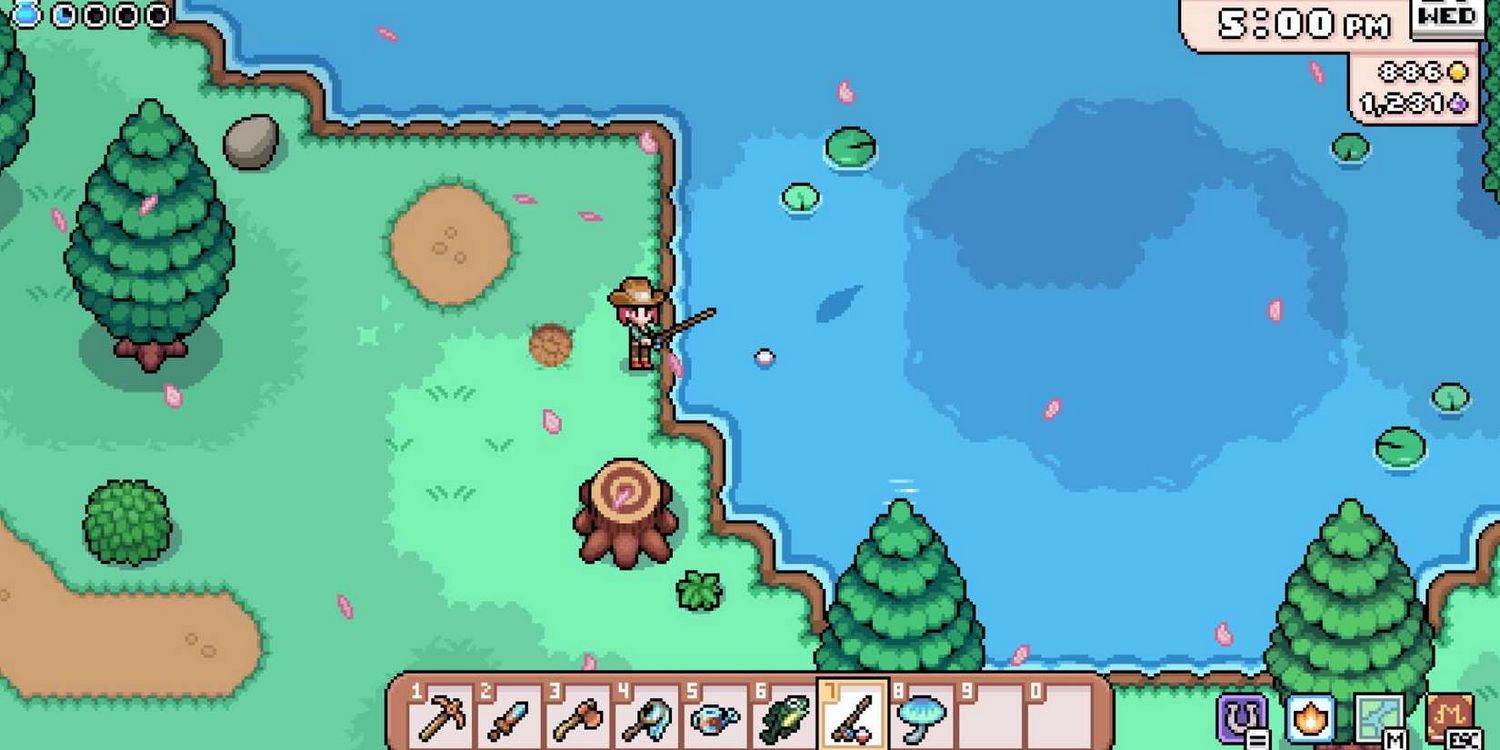 Fields of Mistria succeeds by taking the familiar foundations of the genre and building a more dynamic, engaging world on top of them. Here are the key ways the game stands on its own:
Fields of Mistria succeeds by taking the familiar foundations of the genre and building a more dynamic, engaging world on top of them. Here are the key ways the game stands on its own:
1. A Truly Dynamic and Alive Town
This is arguably the most lauded feature among players. Unlike games where NPCs often feel like stationary objects with a single line of dialogue per day, the characters in Mistria feel like they have a genuine social life outside of the player’s presence.
- Rich Dialogue: NPCs have a massive library of unique dialogue, often with multiple new lines available per day, and they will even comment directly on the player’s achievements, such as donations to the museum or progress in the town’s rebuilding.
- Group Interactions: You can walk into the Sleeping Dragon Inn on a Friday night and find multiple characters engaged in their own conversations—gossiping, playing D&D, or planning events—that you can eavesdrop on or participate in. This makes the town of Mistria feel genuinely like a community.
- Character Depth: Characters have dynamic routines and unique seasonal outfits, and they help with the town’s reconstruction organically, making the world’s progress feel tied to the collective effort, not just the player’s donations.
2. The Integration of Fantasy and Magic
Fields of Mistria leans heavily into its fantasy RPG elements, distinguishing itself from the more grounded setting of Stardew Valley.
- Magic Spells: Players can unlock magic spells that directly aid farming and adventuring. For instance, you can cast a spell to quickly restore stamina or even summon rain, turning traditionally tedious tasks into convenient magical actions.
- Combat and Progression: Combat in the mines is more engaging, with a dedicated Skills Tree that allows players to specialize their character with perks across nine different skill types (like Farming, Combat, Ranching, and Archaeology). This provides a satisfying, RPG-style layer of customization to the farm-sim experience.
- Unique Romance Options: Among the 12 marriage candidates are unique “special” candidates, including the fan-favorite option to date a dragon, a clear departure from the typical small-town romance options.
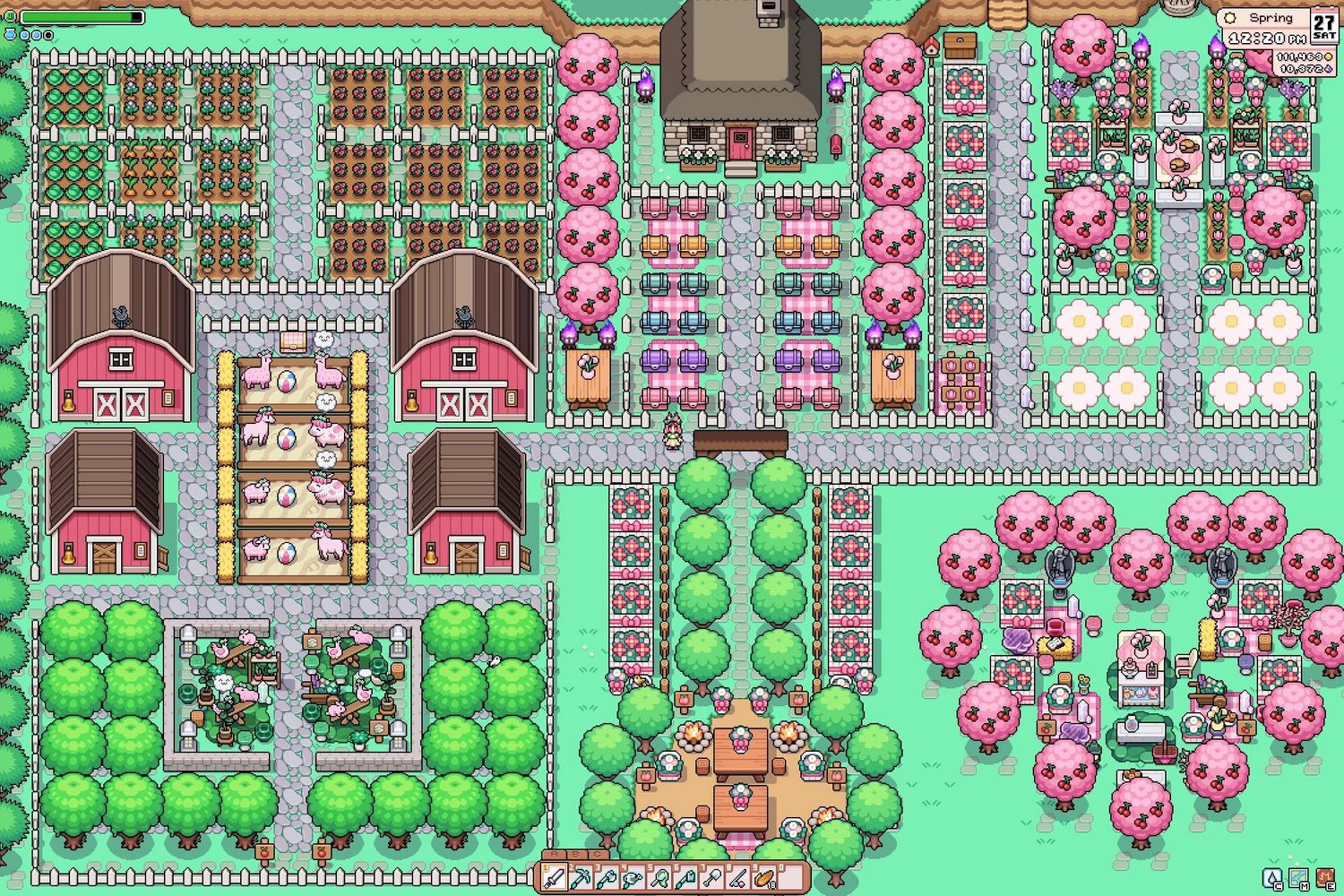 3. Quality-of-Life and Nostalgic Charm
3. Quality-of-Life and Nostalgic Charm
The developers have incorporated several quality-of-life improvements that address common frustrations in the genre, all wrapped in a visually appealing package.
- Simplified Systems: Crafting conveniently pulls materials directly from all storage locations, eliminating the need for constant inventory shuffling. The Fishing mini-game is a simple ‘cast and pull’ mechanic that avoids the frustration some players have with more complex versions.
- Mobility and Exploration: The player can jump and swim, which is a small but transformative addition that makes navigating the large, open map more fluid and fun.
- 90s Anime Art: The game boasts a distinct pixel art style reminiscent of classic 80s and 90s anime, especially the magical girl genre like Sailor Moon. This nostalgic aesthetic gives Fields of Mistria a unique, cozy, and vibrant personality that stands out instantly.
While still in Early Access, with the full 1.0 release projected for 2026, Fields of Mistria is already a complete and compelling experience. It proves that the farm-life simulation genre has ample room for innovation and that a game can be both a loving tribute to a classic and a brilliant, fresh experience in its own right.




